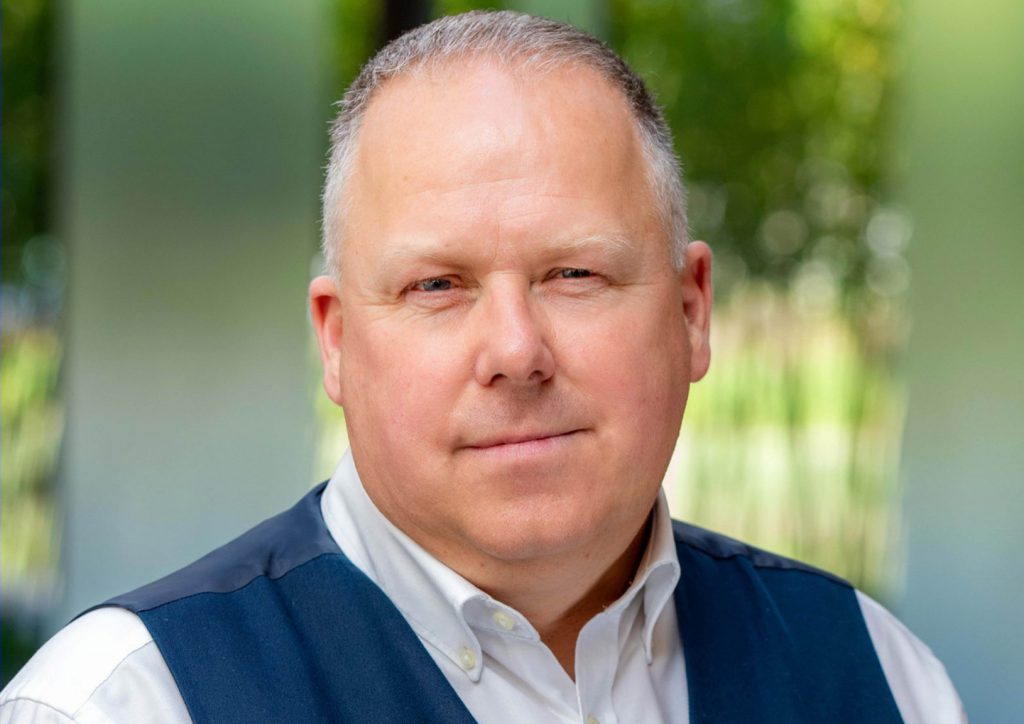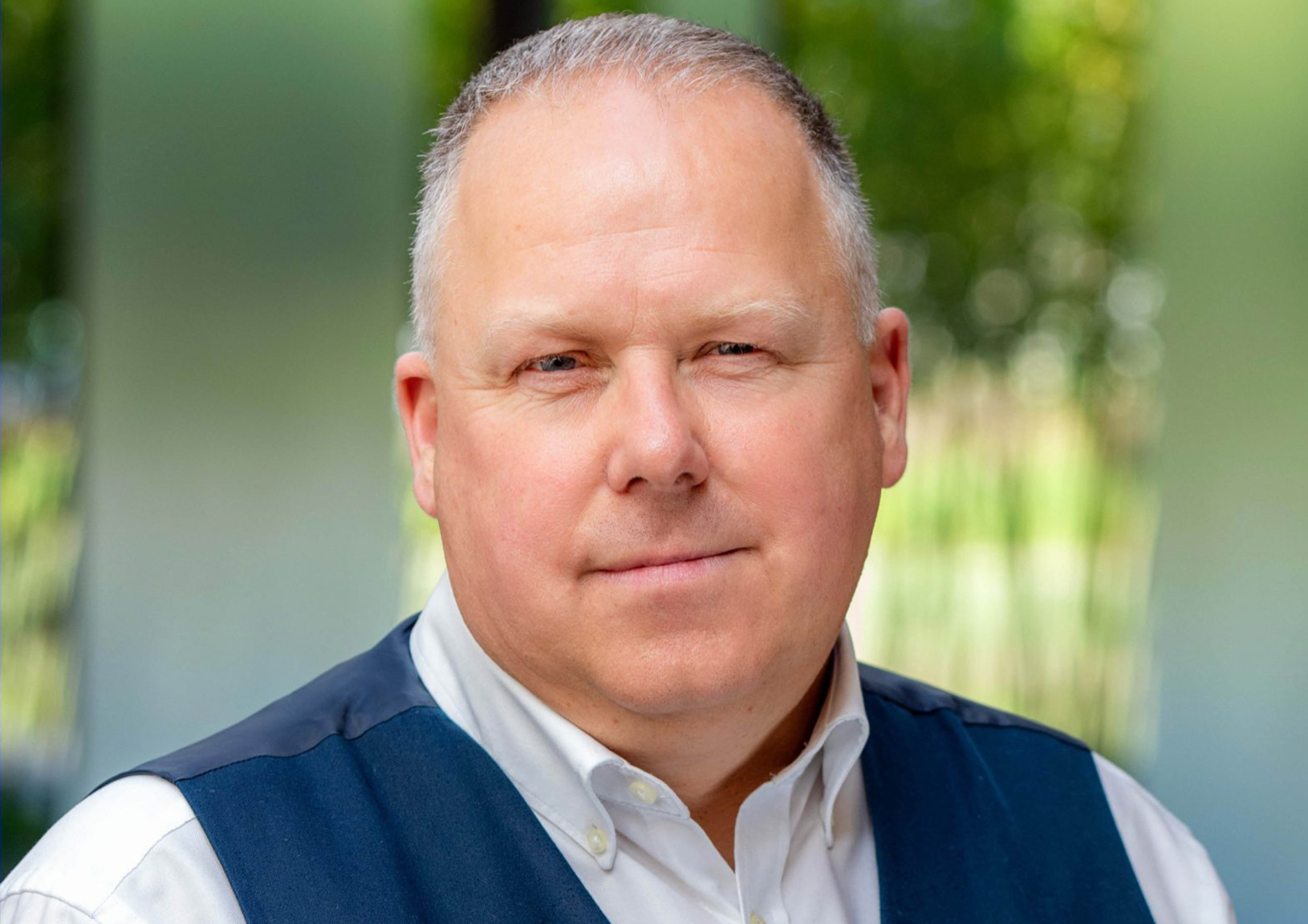Malcolm Staves has been the most senior safety and health professional in global beauty brand L’Oréal for 14 years. He has superintended a transformation in the company’s approach to employee protection that has delivered low accident and ill health statistics that are the envy of his peers. This transformation has also contributed to a new leadership approach, generating loyalty and creativity to keep the organisation at the top of its class. L’Oréal, with the support of Malcolm, co-founded the CEDEP L&SC programme to help deliver this step change in leadership and safety more generally.
Age difference
“We have all seen the pictures of the construction workers in the 1930s eating their sandwiches on the beams of the New York skyscrapers suspended hundreds of metres in the air with no fall protection,” says Malcolm. “We live in a different age where people want their company to take care of them and to work for a company that aligns with their values and ethics.”
He says that senior management, sometimes prompted by increasing shareholder interest, sees that looking after the workforce is critical. “A company doesn’t have a brain,” Malcolm observes. “It’s the sum of its people. Only management can put the people in the centre. If you want to make people central, and if you want them to be innovative, creative as well as efficient and effective, you also have to visibly show that their health, safety and wellbeing is a true value for the company.”
On the curve
A caring people centric culture doesn’t happen overnight, Malcolm says. It has to be developed over time with a strategy to ensure that health and safety become more integrated into organisational thinking and becomes part of who we are. “What we do in L’Oréal – which aligns with what we do in the L&SC programme – is that we have this idea of the culture curve,” he explains.
Adapted from the Bradley curve promoted by Dupont, the culture curve describes how you transform an organisational health and safety culture. This curve starts from a reactive state, with the most basic provision, into a dependent one, where protection is driven by health and safety practitioners, and then to an independent stage, where line management drive safety, supported by those practitioners. In the final, interdependent phase, everybody is risk-aware and looks after themselves and others.
“In some ways, senior leadership’s responsibility is to create the organisational climate that delivers that evolved culture over time,” he says. “As you go along the curve, the senior managers start to drive safety, not as a separate pillar, but as part of their overall leadership approach – they manage the ‘whole’. The L&SC course has helped us accelerate that development at L’Oréal.“
Cost-benefit analysis
If an organisation is at the start of the curve, the value of integrating health and safety is all often about legal compliance, Malcolm says. “But once you go past that stage of doing it because it’s imposed by legislation most companies start to develop a risk management foundation and start the first steps of creating a risk searching culture. The value to the company is often about reducing accident rates, thus reducing the time employees are away from work, avoiding fines and prosecution.” At these earlier stages of maturity, one way to engage senior management is to express accidents and ill health in impactful terms for the organisational balance sheet as this is often the language they understand!”
In a previous job in a manufacturing business, he says the EHS professionals translated the cost of safety failings into production units. “You got management’s attention because they realised they were, for example, running a single operating line for a year just to counterbalance the cost of accidents in the company.”
He warns that good safety performance brings diminishing returns in terms of impact with this approach. “As you drive more and more towards zero and lower your accidents, the benefit of what you do becomes less and less from a cost point of view.” But the organisational evolution also makes this emphasis on financial savings less relevant, as the human and social aspects becomes more important to senior management.
“As you go along the maturity curve, it’s no longer about cost; eventually, it’s all about putting your greatest asset – people – at the centre and doing what is right to keep them healthy and safe both at work and at home. So, in L’Oréal, we don’t put a cost on safety.”
In this last, interdependent stage of the curve, the positive reinforcement employees gain from seeing managers prioritising their safety and wellbeing in all decisions prompts them to take responsibility for their own and colleagues’ safety and health. In L’Oréal, this responsibility is boosted by programmes such as Safe@Work, and Safe@Home, designed to help employees improve their domestic safety while teaching them the principles of risk assessment and control. “It just makes sense,” says Malcolm, “if you have a whole person, whole life mindset.”
The business benefits of this integration are enormous, he says. “When you get to that point on the curve, you find people are more loyal and will go the extra mile, and they see their values and ethics within those of the company. Also, because you are taking care of people as part of your leadership style, you help create a company that visibly and tangibly cares about its health and employees, and this helps attract and retain talent – this is important at present as there is a talent war in many professions.
“Once you get to that point, where employees feel that the company really has their interests at the heart then you create ‘non-financial’ value across the organisation. But you can’t have that kind of mindset unless the management integrate into their leadership style the way they look at their teams’ health, safety and wellbeing. The CEDEP L&SC programme has definitely been a significant contributing factor in our journey to date!”
A video of Malcolm Staves explaining the value of the CEDEP L&SC programme is here.

